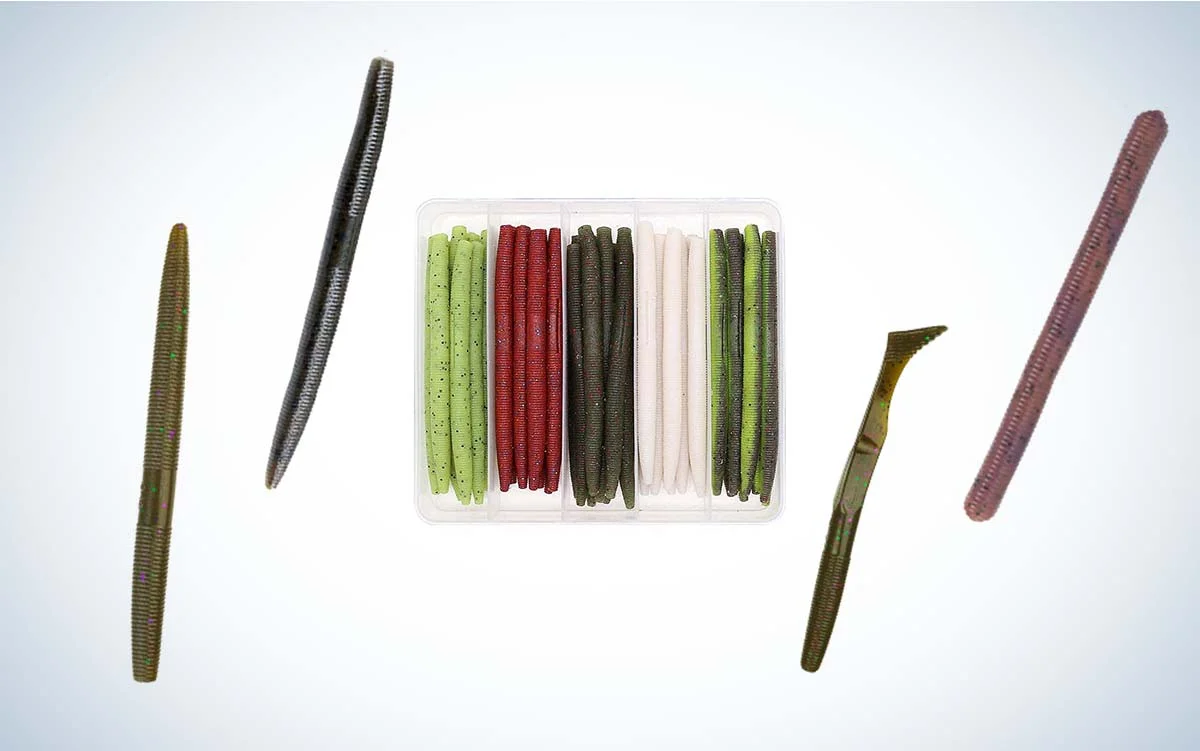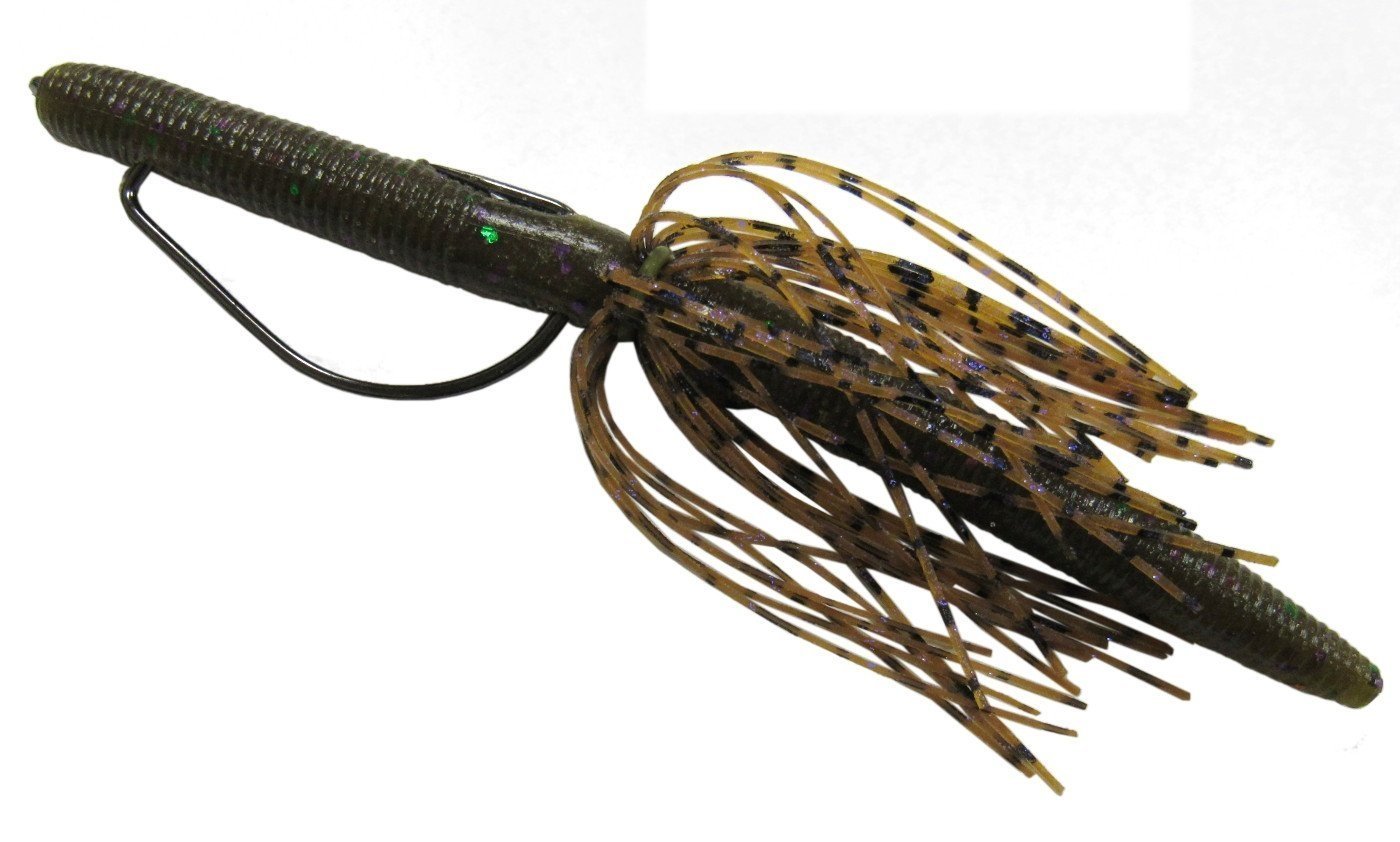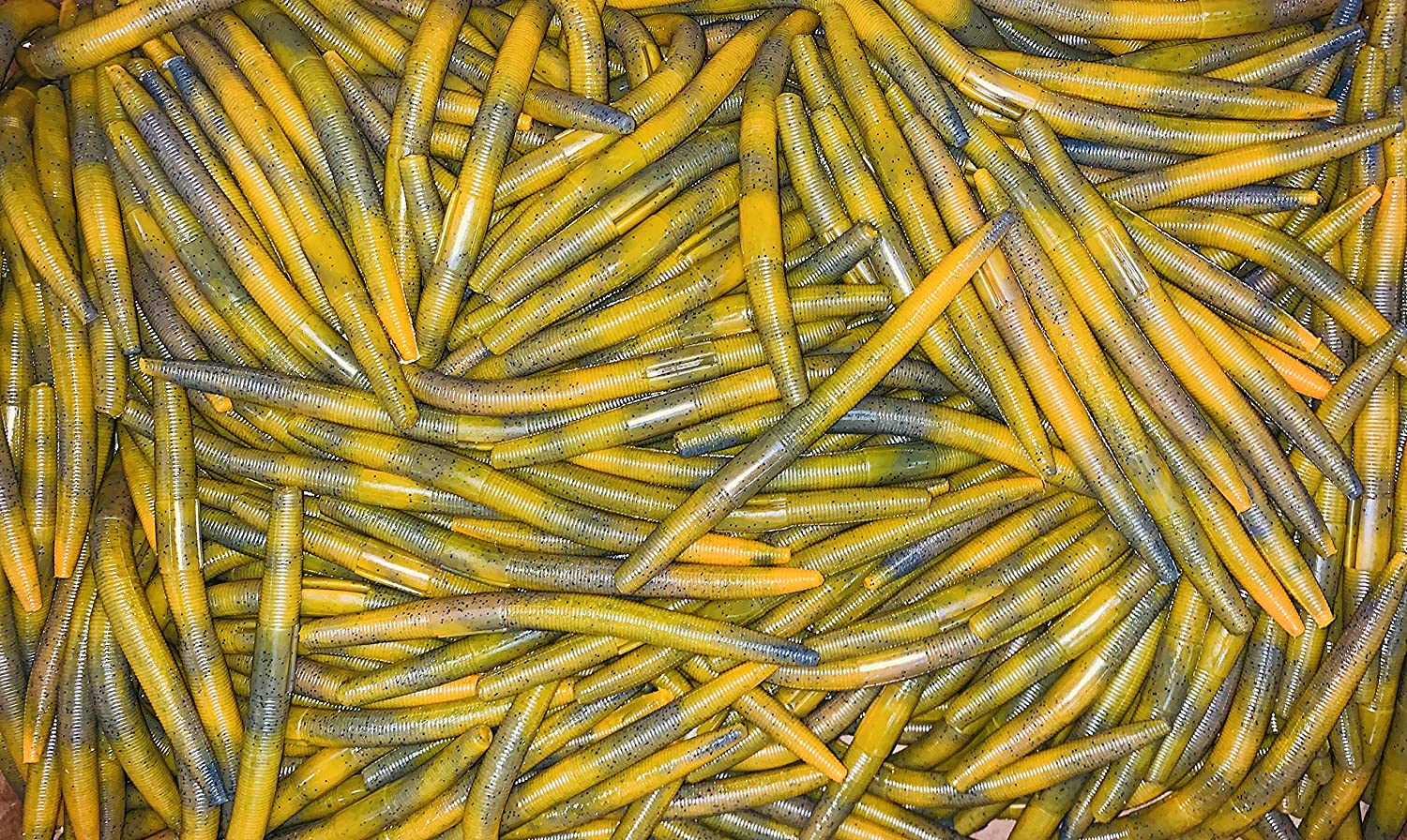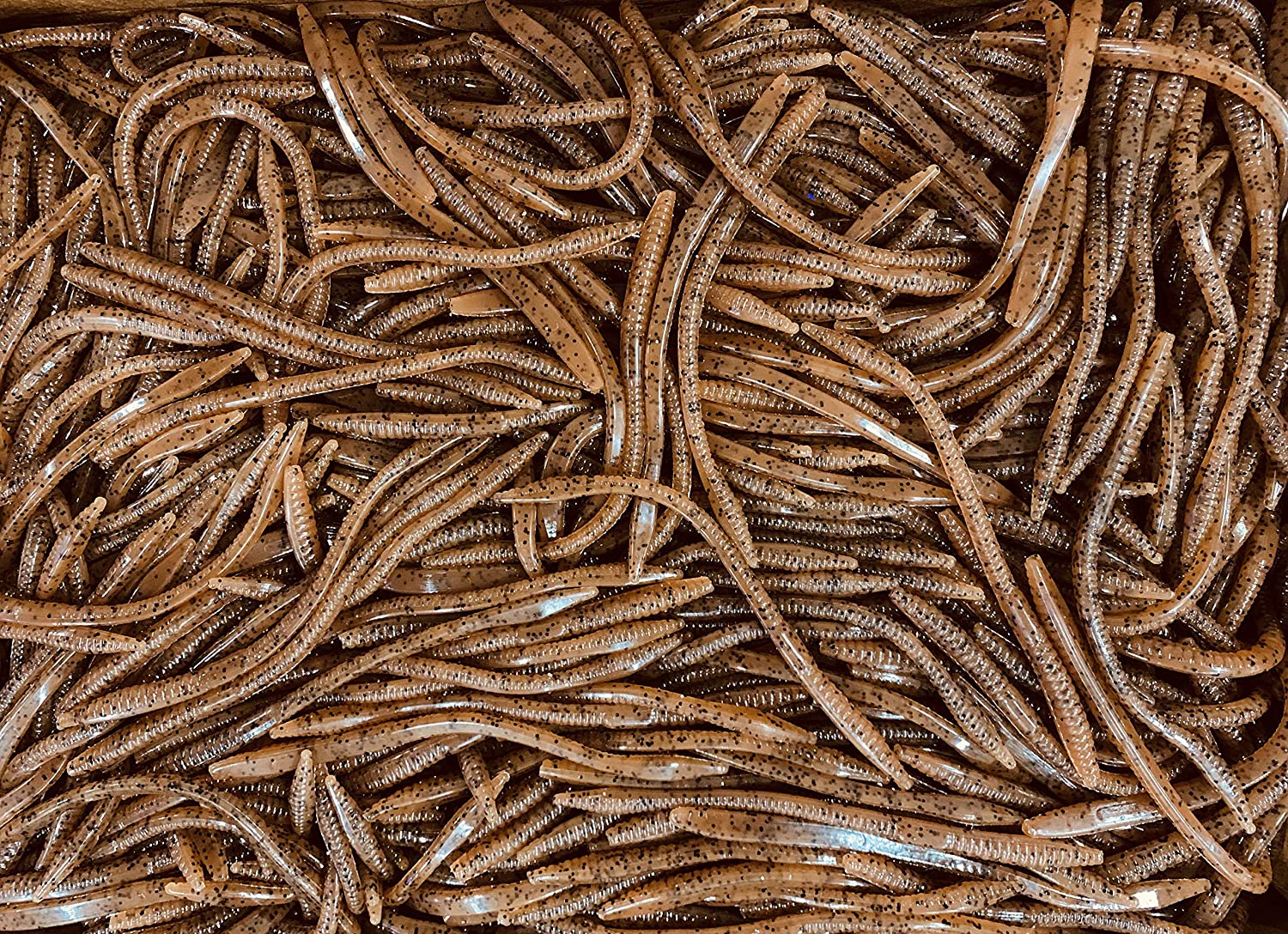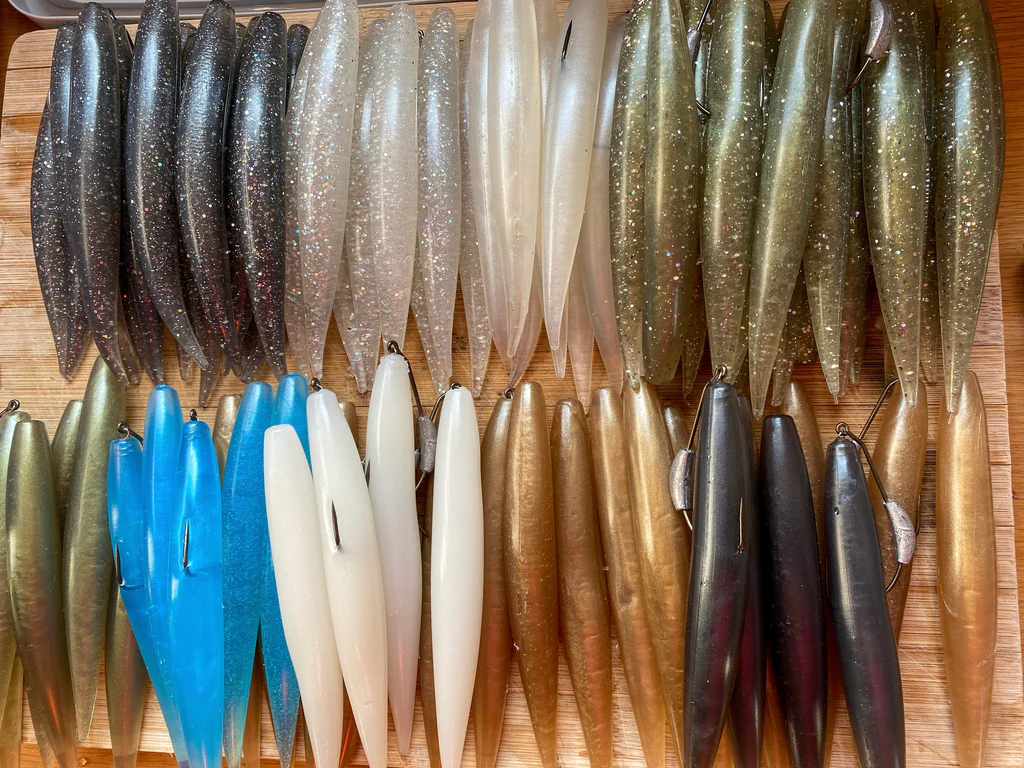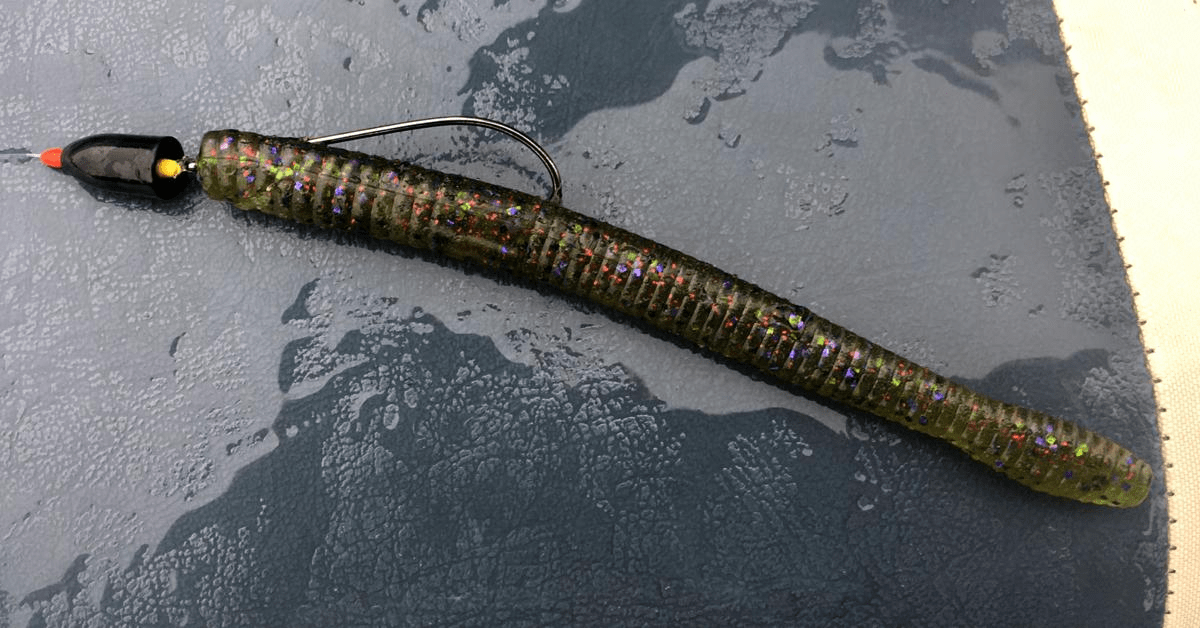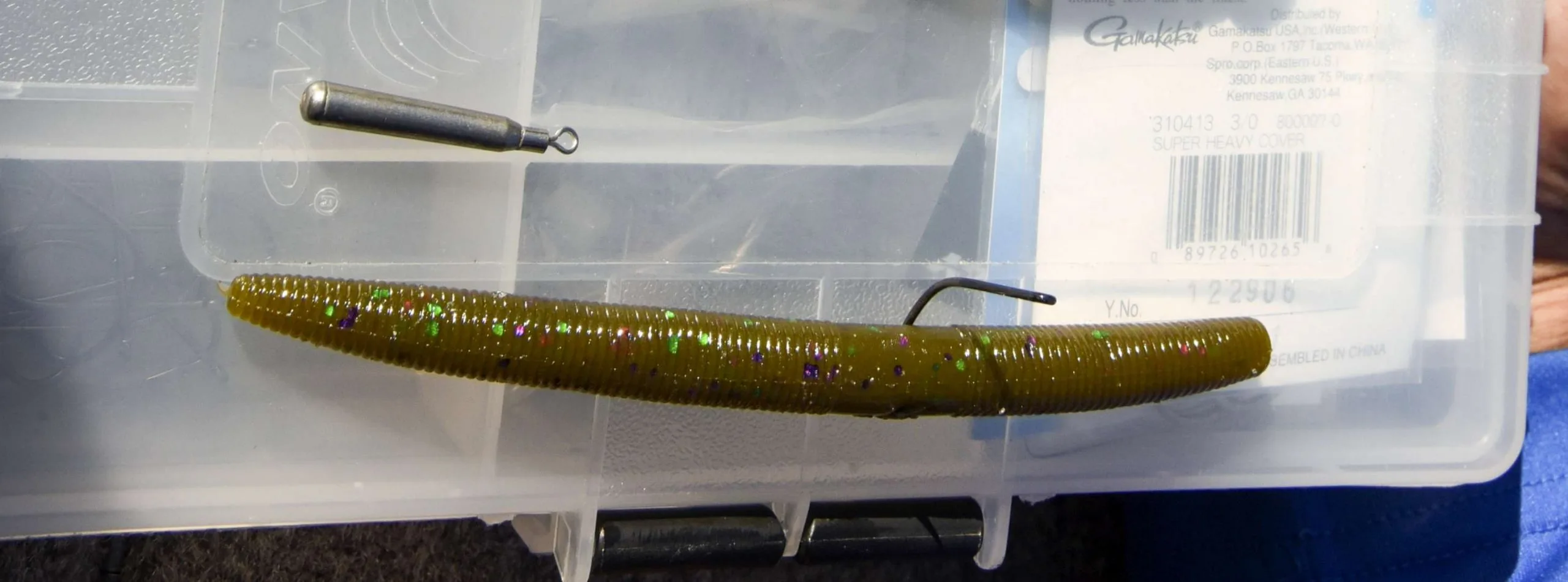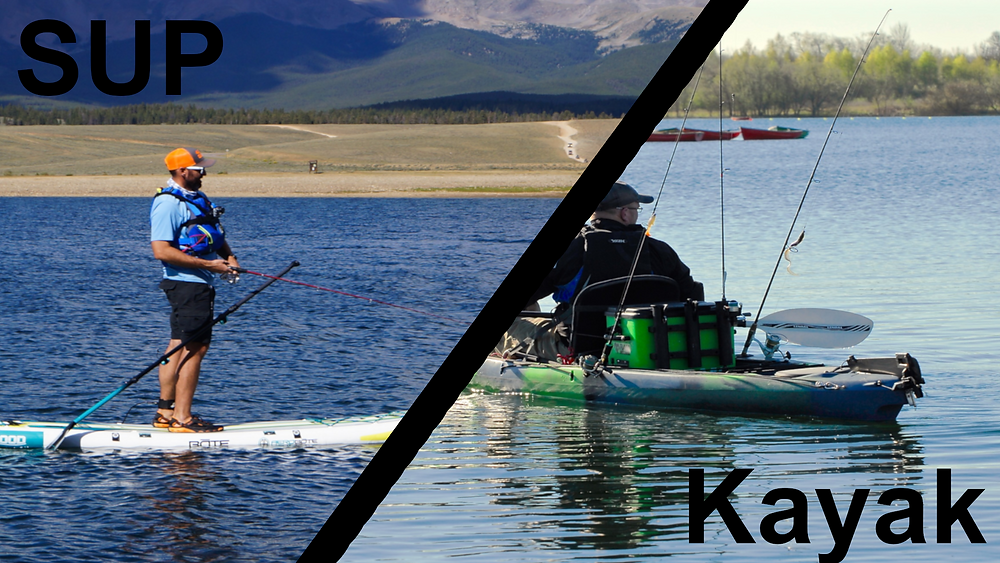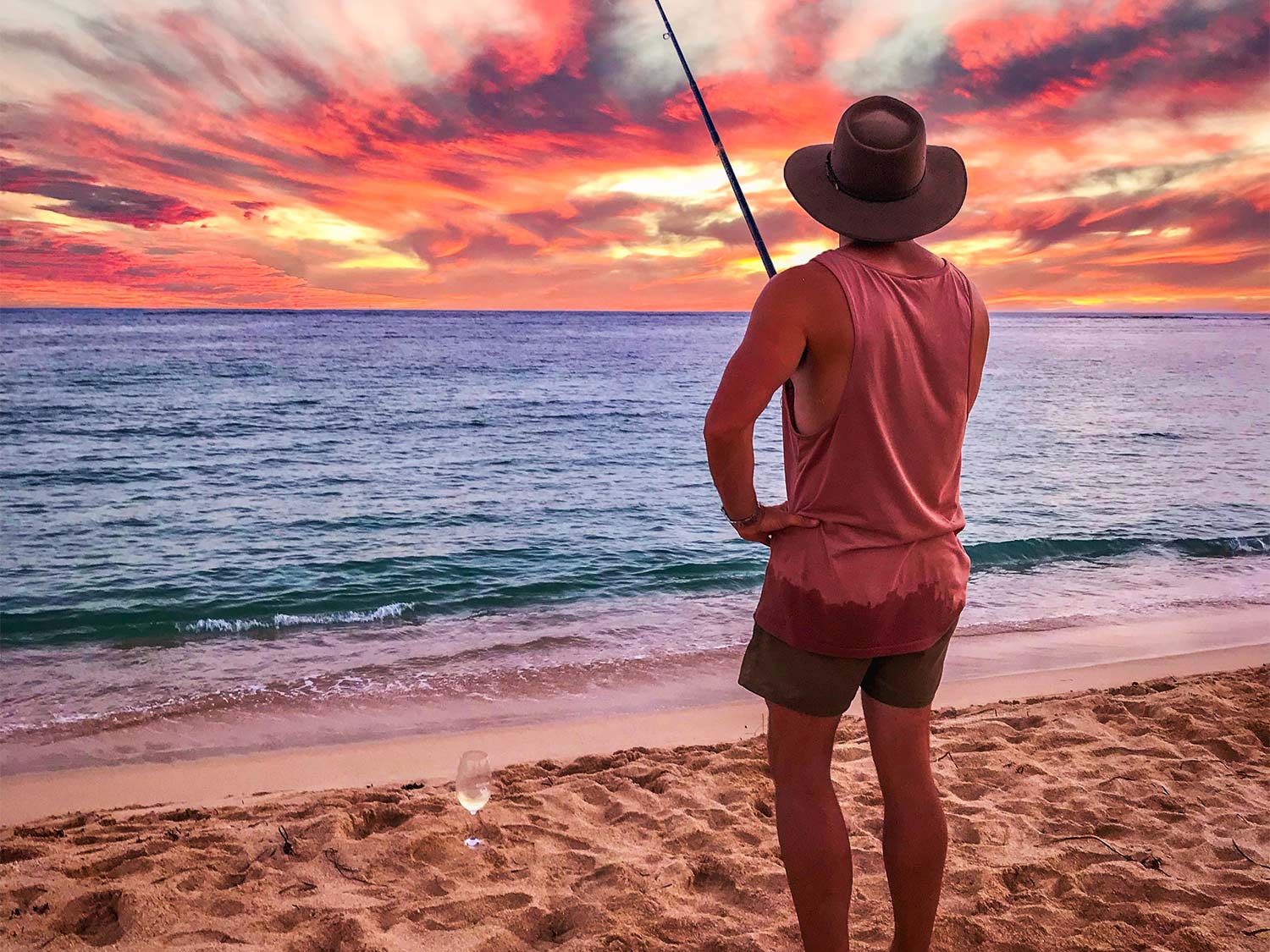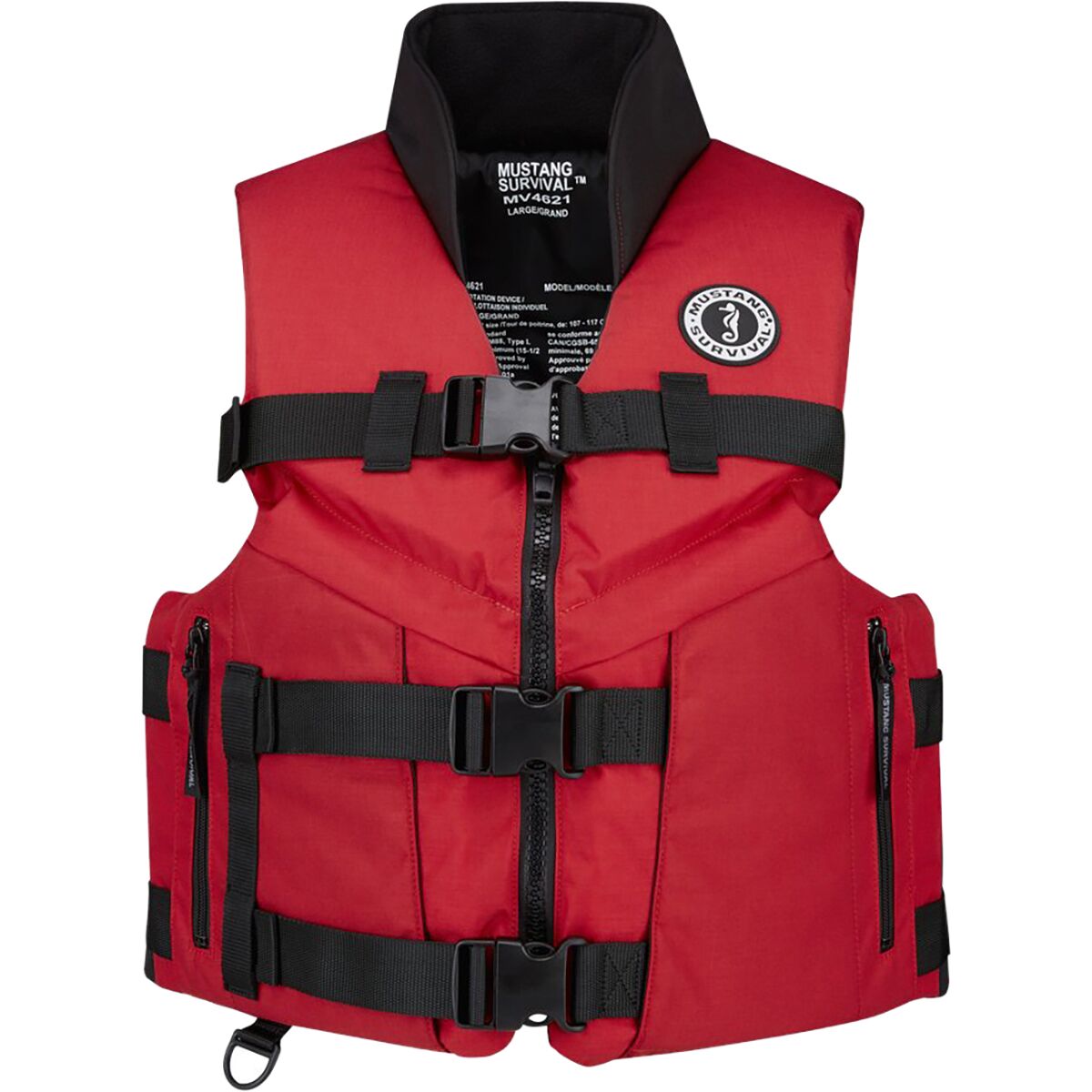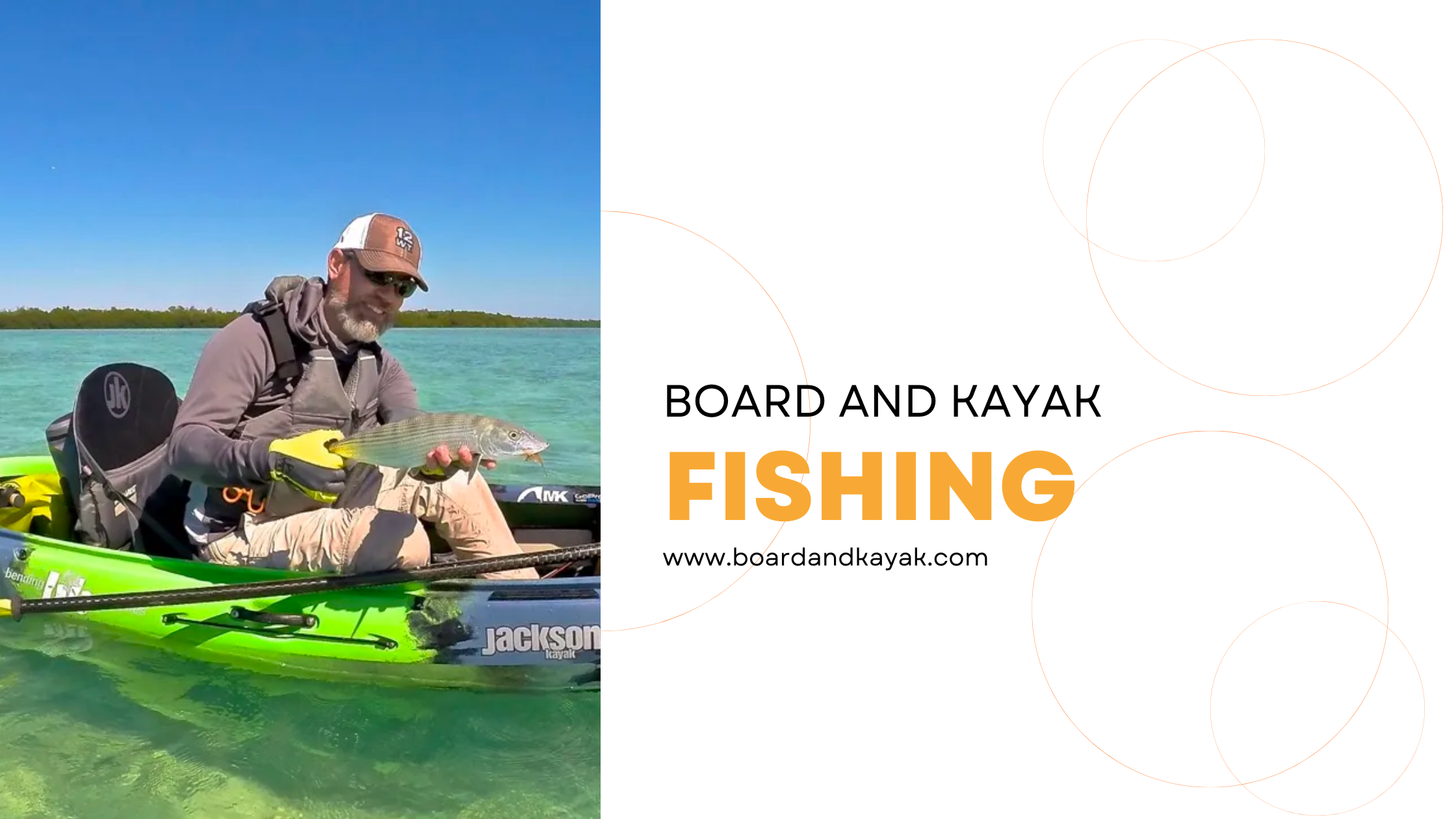
When And How To Use A Senko Fishing Lure
When searching for the ideal bait, bass fishers may consider using a Senko fishing lure since it is effective for catching a wide variety of fish, including bass, crappie, and trout, as well as many others. Why?
To begin, bass goes crazy for it, and one theory is that this is because the Senko worm has a straightforward and uncomplicated structure.
When you first look at the Senko worm, you'll be shocked at how much it seems like a real living worm. This remarkable resemblance to an actual worm is possibly the product's most significant benefit.
Gary Yamamoto, the inventor of the Senko, has indicated, in several interviews, that this worm not only assists you in catching bass more frequently, but it also assists you in catching better bass.
Even though they are created in a very straightforward manner, the firm employs cutting-edge scientific principles in the production of Senko worms. This is one of the reasons why they are so successful in what they do.
What Does It Look Like To Have A Senko?
Although there are anglers who maintain that the Senko worm does not replicate anything seen in nature, others feel that because of its color and size, it may pass for bait fish or even a fish that has been injured.
It is just the right size – neither too little nor too huge – to entice bass to eat it and make them want to eat it in the first place. The Senko worm is designed to look like a slug or a live worm, both of which are among the foods that bass fish particularly like eating.
Still, some anglers are of the opinion that bass will consume everything they can get their mouths on, including Senko worms.
However, in the end, the majority of people believe that it looks exactly like a real live worm, which is the reason that it is able to capture such a large number of bass.
When Is The Best Time Of Year To Fish With A Senko, And What Are The Reasons Why?
Even if they reside in a region that has pleasant weather for most of the year, most individuals do not fish throughout the whole year since it is not a sport that is conducive to year-round participation.
If you enjoy fishing with a Senko worm, you might be curious about the time of year that is ideal for fishing with this particular kind of lure.
The optimum time to use Senko worms is during the spring, and there is a straightforward explanation as to why this is the case. This recommendation is not universally accepted, however, because it is contingent not only on the species of fish but also on the angler.
Fish have a tendency to be warier in the springtime. They approach the water, but in the event that there is any unexpected motion in the area, they will immediately swim away.
Since of this, Senko worms are a compelling sort of bait because they are a covert form of temptation. It lands gently no matter how far you throw it.
Another advantage of fishing with Senko worms in the spring is that they are an excellent bait to drop near weeds or below docks, both of which are locations to which fish frequently migrate during this time of year.
Because the descent into the water is a gradual one, the fish are not startled when they observe it.
It will not be difficult for the fish to spot it, and they will literally go after it, making it an excellent choice for bait.
What are some other brands that are comparable to Senko, and how do their products differ from Senko's?
Gary Yamamoto came up with the idea for Senko worms in 1997, and they are now widely regarded as one of the most effective stick baits available.
Due to the fact that they are so effective, many people who are passionate about fishing now refer to all stick baits as "Senkos," and for a good reason.
In spite of this fact, Senko worms may be rather pricey, costing one dollar or more each worm. This can add up quickly if you are using a lot of them in a competition or spending a long time at the lake. Because of this, a significant number of bait makers are working hard to develop cheaper alternatives to the more expensive Senko worms, and a good number of them have been successful. Although some are superior to others, the following are a few alternatives to consider if you adore the Senko worm but are looking for something that is a little bit cheaper:
Stick worms with the King Ocho strike pattern. The Strike King Ocho compensates in every way for Senko's deficiencies in this regard.
For example, the fall is executed at a somewhat more leisurely pace than a Senko. If this is the case, then the bass will outperform the Senko when they are in a mood that allows them to be very picky. It has been stated that if you rig this with a light-wire gauge hook, it can give the appearance that the Ocho is entirely suspended even when the line is slack... That's something that can't be accomplished by a Senko.
Because of its octagonal shape, it can glide freely over the surface of the water, and the flat side will reflect light, which will add to the attention-getting qualities of the design. They are around the same level of softness as a Senko but at a more affordable price. At the cost of around $7 for a pack, this bait costs approximately 99 cents.
YUM! The typical worm from Dinger. The YUM Dinger was created with a number of different fishing techniques in mind. Texas rigged, weird style, and even hurled into deep cover were some of the methods used.
In spite of how salty it is, the plastic will surprise you with how gentle of a texture it has. Because of the unique combination of plastics that were used to create this bait, it has an action that is so close to that of real life that even bass that is being heavily targeted will bite on this lure. Wacky worms endorsed by RUNCL Pro-Bite. These worms are available in lengths of 4, 5, and 6 inches, and each box contains either 10 or 15 individual worms. The 5-inch worms may be purchased for $7.99 for a pack of 15, at which point each particular worm will cost around 53 cents. Each of the worms that are 4 inches long and cost only 46 cents.
FISHMAN stick worms measuring 5.5 inches in length. These stick worms come in a variety of colors and can be purchased in a bundle of 30 for the low price of $15.99. This works out to around 52 cents for each stick worm.
In the event that you are interested in knowing how well they perform in comparison to Senko worms, you will need to conduct a study on each brand in order to determine whether or not it is a good one.
On retail websites like Amazon and others, all of the aforementioned brands have received ratings of four stars or above. Many of these other options are constructed from materials that are analogous to those used to make Senkos and provide outcomes that are comparable to or identical to those of the Senkos.
It seems that the price of the worms is the sole factor that varies from situation to situation.
A Guide To Fishing With A Senko
A Senko, or any other type of stick worm for that matter, may be fished in a plethora of different ways.
You may jerk it like bait and fish it quickly, or you can fish it slowly with a Texas or Carolina Rig.
When it's crazy rigged, you have the ability to fish it in a vertical position. Senkos are frequently used by fishers as topwater baits! (No, I'm not joking; this is serious)…
You only need to toss it out into the sea and give it a few shakes as soon as it touches the water to make it look like a dead insect or bait fish. Before, it would be best if you kept your rod's tip elevated and positioned between 10 and 11 o'clock. Because there are so many different techniques for fishing with a Senko, the subject deserves its very own page… In point of fact, we have completed that task for you. We meticulously crafted the definitive instruction on how to fish with a Senko. After that, you decide whatever subject best piques your interest! Have a good time!
The Best Rod To Use When Fishing With A Senko
How you want to rig the Senko stick bait once you get it out on the water is an important consideration that should guide your decision over which rod to bring along on your next fishing trip with your Senko stick bait. If you pick the correct rod for the job, you'll see a significant improvement in the outcomes of your fishing trips. This is because different rods are optimized for use with a variety of gear configurations.
If you are going to be fishing with Senko bait, the following are some broad principles that might help you decide which kind of pole would be best for you to use.
If you want to rig a Senko in a crazy fashion, you need to choose a rod with a more flexible tip. Because of this more subtle motion, it is much simpler to give the bait a slight wiggle. If you want to keep the hook exposed during the fishing process, you won't require a robust hook set. To successfully hook a fish, you need to do nothing more complicated than reel-set into it.
Use a rod with a medium-action, such as the BPS Carbonlite bait-casting rod, or a reel with a medium-action, such as the BPS Johnny Morris bait-casting reel, and spool it with a 10-pound XPS fluorocarbon line if you intend to use a Texas rig, regardless of whether it will be weightless or with a weight.
When fishing with Senko bait, the following are some rod manufacturers that can be worth considering if you're seeking particular recommendations:
- Casting Rod by St. Croix Mojo Medium Jerkbait, 6'8" in Length
- Spinning rod made by St. Croix and measuring 7 feet 1 inch.
- Champion 703 (number) (or 733)
- Dobyns Rods SA 703SF Sierra Series
- Medium Heavy Duckett White Ice 7-1 Footboard
- G. Loomis BCR803 GLX (some say the older version of this rod is preferred)
- Casting rod with a KastKing Perigee II 7'1" length
- LEGEND XTREME spinning rod
- Extreme Mission Type F for the Megabass Orochi XX (or Diablo Spec R)
- Casting rod with a Phenix M1 Swimbait model
- The Team Lews rods are either 6'6," or 7' in Length and can often be obtained at American Legacy Fishing.
There are other rods available as well, and given how simple it is to fish with Senko worms, you shouldn't have any trouble tracking them down. Read our comprehensive buyer's guide on the best Senko Rods now available on the market for any price if you want to learn even more about which rods work best when fishing with a Senko.
The Best Reel To Use When Fishing With Senko Baits
It is imperative that the best reels be used in conjunction with the most excellent rods while fishing with Senko bait. Otherwise, there is a chance that you may not have the outcomes that you were looking for. Researching the topic and gaining an understanding of the reels utilized by professionals is the most effective method for selecting a reel, regardless of whether it is spinning or a casting reel.
When utilizing their Senko bait, the experts have had success with a variety of reels, which means that you may receive some fantastic advice and recommendations for selecting the revolution that is most suited to your needs by consulting with them. There are a lot of fishermen out there who will tell you that there is no such thing as the "best" reel but that you should choose the one that is the most pleasant to use. The explanation behind this is relatively straightforward. Both the rod and the rotation need to feel natural in your hands since you will be holding onto them for extended periods of time as you wait for your bait to sink to the bottom. Since brass has a propensity for clinging to their bait for an extended period of time, there is less of a need to worry about pulling up the line as quickly as possible.
Because of this, you were prioritizing comfort when selecting a rod and reel is a very vital consideration to make. However, if you want some advice about the sort of reel you should choose, below you will find several highly rated options that you might think about purchasing.
- A spinning reel made by Abu Garcia called the Max X.Ito's Alphas.Shimano Curado 100DRound casting reel with the Daiwa Millionaire Classic UTD designDaiwa Steez 2500Casting reel made by Lews called a KVD LFS.The Pita-20 Quantum Energy ModelShimano Calais 201Shimano Calcutta 251Shimano Sedona 2500FBA spinning reel made by Shimano called the Spirex FG.Stella 3000
When fishing with a Senko bait, the majority of anglers prefer to use a spinning reel over a casting reel, which is an interesting fact to take into consideration. Having said that, there are no steadfast guidelines to follow when it comes to dealing with this predicament. As was noted earlier, many enthusiasts believe that an essential factor in selecting a rod and reel is how comfortable they feel using it.
You would do well to read our study report on the many spinning reels that have performed the best in our testing. This would be the most significant thing for you to do.
Senko Storage Options
Because Senko bait may be on the more pricey side, it is imperative that anglers take proper care of their lures when they are not in use. Although many people who enjoy fishing do so, it is generally not suggested to do so since there is a risk of rust developing on the bait if it is left on the hooks for an extended period of time.
If you do some research on what true fanatics do, you will probably discover that the majority of people store their Senko worms in the bag that they came in when they purchased them or in another form of load that can be closed. The vast majority of individuals do not do any unique actions with the bait; instead, they ensure that it is stored in a plastic bag of some kind and that the bag is securely sealed afterward.
The majority of people do not become aware of how much simpler it is to store their Senko bait because of this.
Which Of These Senko Rigging Methods Is The Most Common?
It is possible to rig Senko worms in a wide variety of ways; however, the wacky rig and the Texas rig are generally acknowledged as being the two methods that produce the best results.
The crazy rig is a relatively straightforward technique that entails little more than inserting the hook into the center of the worm. This makes the wacky rig one of the most straightforward techniques available. The phrase "wacky rig" usually generally relates to the process of rigging soft worms, such as the Senko worms, and it is a procedure that is incredibly simple to carry out. In addition to these benefits, the approach has a few further advantages.
If the hook is positioned in the middle of the worm, the worm will move somewhat when it is submerged in water. This is one advantage of this method. For the bass fish, this makes it appear more realistically like a worm. It is also a straightforward method that is perfect for those who are just starting out. The Texas rig is a little bit different than the others. In addition to the worm, you will need a hook, a pegging device, and a bullet-shaped sinker for this setup (often a bead of some type). The sinker should be threaded first, then the dot, and last the line should be secured to a hook.
Put the hook through the worm's head, allowing it to stick out approximately a quarter of an inch. You need to move the worm up the curve and spin it so that it becomes "locked" on the shank of the hook. After that, you'll need to take the tip of the theme and weave it back into the body of the fly.
It could appear to be difficult at first, but when you've completed it even once, you'll realize how simple it really is.
Is It Possible To Alter A Senko?
Not only is it possible to modify a Senko worm, but in almost all cases doing so is required to do so before the lure is introduced to the water. The term "rigging" refers to the process that the majority of fishing enthusiasts employ to accomplish this, and there are a number of different ways to "rig" anything, depending on the results that you're looking for.
There are a variety of techniques available since the most effective adjustments change depending on factors such as the season, the depth of the bass, and even the clarity of the water. The majority of fans opt to modify their rigs in one of the following ways:
- rig from Texas (weightless)
- Insane setup (lightweight)
- rig from Texas (weighted)
- A wobbly head
- Rig of Ned
Of course, there are other ways to change your Senko fishing lure; thus, you will need to perform the research necessary to identify the technique that serves you in the most effective manner.





